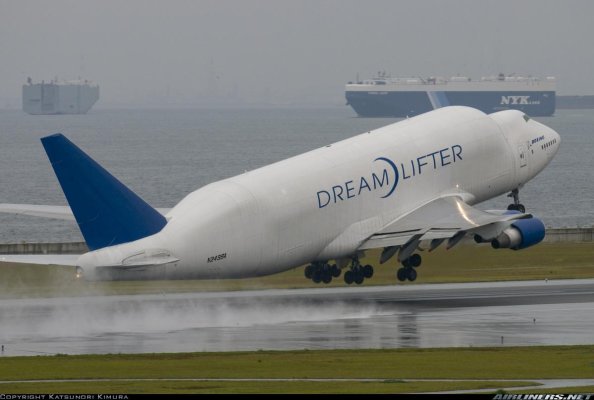RTF--- The first half of your guess is correct. I've been told by our flightline guys that the IFE system on a plane like the 777 many times surpasses in complexity any other system on the plane. And it's heavy, too, what with all the wiring, control boxes for each seat, etc., etc., etc.
The components aren't as clunky as they were just a few years ago and digital technology is reducing the component count, but it is still staggeringly complex. And it can be very troublesome and frustrating to fix, too.
We recently flew from Dubai to Seattle on Emirates, a 777-200LR, our newest 777 model. Emirate's IFE system has over 1,000 movies, as many TV shows, documentaries, and news selections, tons of interactive games, dozens of music channels, a duty-free shopping channel, plus phone and other kinds of connectivity with the associated credit card payment capability. All of it on-demand and available at every seat on the plane.
It makes the plane's flight control system look like two tin cans and a string in terms of complexity.


